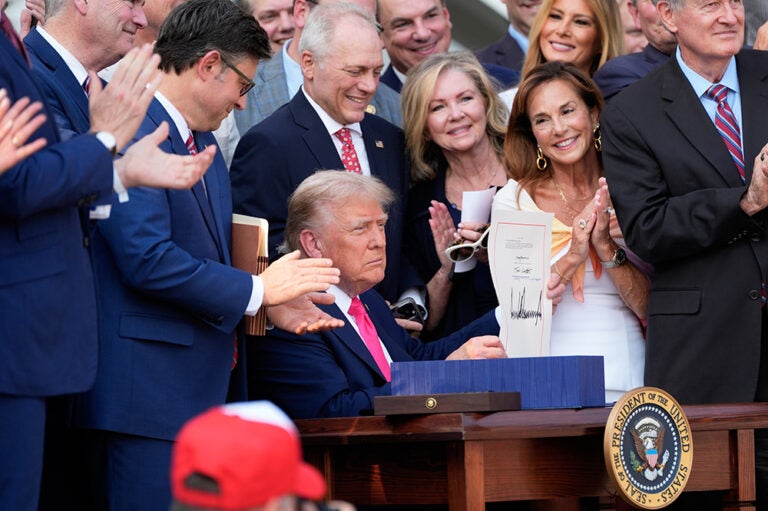One of the most fundamental responsibilities of Congress and the president is to set and pass a budget every year, allocating funding towards the nation’s needs and priorities. The new fiscal year began on October 1, 2025, but lawmakers failed to enact any of the 12 appropriation bills necessary to fund the government for fiscal year 2026 before it began. Instead, the government shut down for 43 days, the longest period of time in history. On November 12, 2025, lawmakers enacted a continuing resolution (CR) that reopened the government and provided funding for federal agencies to operate at fiscal year 2025 levels through January 30, 2026. Along with the temporary funding, the legislation included full-year appropriations for three out of the twelve bills needed to fund the government each year: Agriculture, Legislative Branch, and Military Construction-VA. In order to avoid a partial government shutdown in February, lawmakers will need to agree on appropriations for the agencies covered by the remaining nine appropriations bills or enact another CR.
While CRs can help avoid government shutdowns, they should be seen as stopgap measures and rarely used. By design, CRs are generally formulaic extensions of existing funding for executive agencies. Unlike full appropriations acts, they do not include detailed specifications for funding federal agency accounts. However, CRs have become the norm over the past few decades. That unfortunate practice can lead to disruptions in the federal budget process, hinder lawmakers’ ability to properly and efficiently match resources with needs, and restrain agencies from carrying out their missions effectively.
CRs are consistently used by lawmakers to fund the government. Since fiscal year 1998, policymakers enacted 139 continuing resolutions — an average of about five per year. What’s more, CRs have been used to fund the federal government for increasingly longer periods of time. From 1998 through 2011, over one-third of the fiscal year, on average, was funded by a CR rather than by full-year appropriations. From 2012 through 2025, temporary measures accounted for an even larger share — 46 percent — of the year. CRs were even used to fund the entire fiscal year in 2007, 2011, 2013, and 2025.
While CRs help policymakers avoid costly government shutdowns, they undermine the budget process by potentially ignoring new resource needs and by introducing uncertainty to government agencies because of the limited duration of the funding. In fact, a 2018 study by the Government Accountability Office found that CRs can cause a number of inefficiencies and challenges for government agencies, such as:
- Delayed contracts and grants, which could decrease the level of services provided and increase costs of administration
- Delayed hiring, which could affect an agency’s ability to provide services in a timely manner
- Added work, which can reduce productivity or force shorter-term contracts and grants to reflect the duration of the CR.
To ensure that government agencies can operate effectively and efficiently, policymakers should focus on enacting full-year funding bills on time or consider reforms to the budget process that would prevent the issues associated with short-term funding through CRs. In addition, reforming the budget process to account for long-term outcomes is a key step in putting our nation on the path to fiscal sustainability.
Image credit: Anna Moneymaker / Getty Images
Further Reading
How Did the One Big Beautiful Bill Act Affect Federal Spending?
Overall, the OBBBA adds significantly to the nation’s debt, but the act contains net spending cuts that lessen that impact.
What Is the Disaster Relief Fund?
Natural disasters are becoming increasingly frequent, endangering lives and extracting a significant fiscal and economic cost.
How Much Does the Government Spend on International Affairs?
Federal spending for international affairs, which supports American diplomacy and development aid, is a small portion of the U.S. budget.


